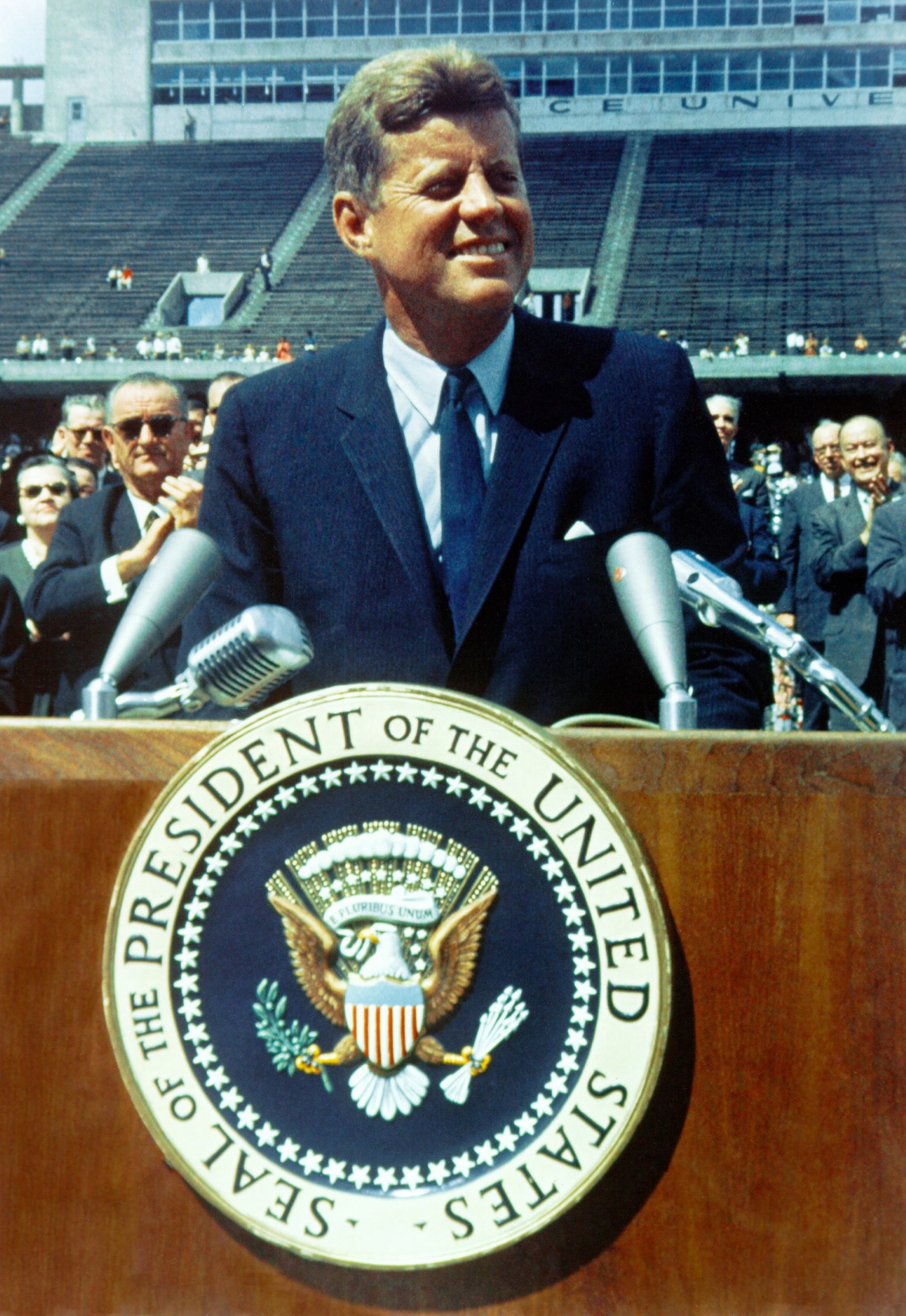Immigrants have always been an essential part of the United States’ history, contributing to its economy and cultural diversity. However, in recent years, immigration policies have become increasingly stringent, leading to a surge in undocumented immigrants seeking safety and protection. In response, some cities across the country have declared themselves as Sanctuary Cities – places where undocumented immigrants can seek refuge without fear of deportation. But what exactly are Sanctuary Cities? How do they operate? And most importantly, what role do they play in the fight for immigrant rights? This blog post aims to answer these questions by exploring the impact of Sanctuary Cities on immigrant communities and shedding light on their significance in today’s political climate.
What are Sanctuary Cities?
As the Trump administration continues its crackdown on undocumented immigrants, sanctuary cities have become a key point of resistance. But what exactly are sanctuary cities?
Sanctuary cities are municipalities that have policies in place to protect undocumented immigrants from federal immigration enforcement. This can take the form of refusing to cooperate with ICE, declining to hold immigrants in detention for ICE, or offering other forms of support such as access to social services.
There are currently over 400 sanctuary jurisdictions in the United States, including major cities like New York, Los Angeles, and Chicago. These cities have come under attack from the Trump administration, which has threatened to withhold federal funding if they don’t comply with its demands.
Despite these threats, sanctuary cities continue to play a crucial role in protecting undocumented immigrants and fighting for their rights. They provide a safe haven for those who are living in fear of deportation, and they offer much-needed resources and support. For many undocumented immigrants, sanctuary cities are the only places where they feel welcome and accepted.
The History of Sanctuary Cities in the United States
The history of sanctuary cities in the United States can be traced back to the 1980s, when churches and other faith-based organizations began providing refuge for Central American refugees fleeing violence in their home countries. The first formal sanctuary city was declared in Los Angeles in 1985.
Since then, the number of sanctuary cities has grown steadily. As of 2016, there were more than 400 sanctuary jurisdictions across the country, including major cities like New York, Chicago, and San Francisco.
These cities have been at the forefront of the fight for immigrant rights, offering safe haven to those who might otherwise be deported or persecuted. Sanctuary cities have also been a major target of the Trump administration’s anti-immigrant rhetoric and policies. In 2017, the Department of Justice even threatened to withhold federal funding from sanctuary jurisdictions if they did not comply with its demands.
Despite these challenges, sanctuary cities continue to play an important role in protecting immigrants and upholding their rights.
Why Are Sanctuary Cities Important?
Sanctuary cities are important because they provide a safe space for undocumented immigrants. In these cities, police are not allowed to cooperate with federal immigration authorities in order to apprehend or deport undocumented immigrants. This allows undocumented immigrants to feel safer in these cities and provides them with a place to seek refuge from persecution. Additionally, sanctuary cities often have social services available to help undocumented immigrants, which can include access to food, housing, and healthcare. This is especially critical given that many undocumented immigrants are not eligible for government benefits due to their status. Lastly, sanctuary cities send a powerful message of support to the immigrant community and stand in defiance of discriminatory immigration policies.
How Do Sanctuary Cities Work?
Sanctuary cities are municipalities that have enacted policies designed to protect undocumented immigrants from deportation. These policies can take a variety of forms, but often involve limiting cooperation between local law enforcement and federal immigration authorities, as well as providing social services and other support to undocumented residents.
There are an estimated 300 sanctuary cities in the United States, although the exact number is difficult to determine due to the lack of a formal definition for what qualifies as a sanctuary city. Some of the best-known sanctuary cities include Los Angeles, New York City, and San Francisco.
The concept of a sanctuary city dates back to the 1980s, when churches began offering safe haven to Central American refugees fleeing violence in their home countries. The term “sanctuary city” gained wider use in 2007 after several cities passed resolutions declaring themselves sanctuaries for undocumented immigrants.
The Trump administration has been critical of sanctuary cities, threatened to withhold federal funding from them, and even sued one city (New Orleans) for allegedly violating federal immigration law. However, many sanctuary cities have remained steadfast in their commitment to protecting their undocumented residents, arguing that doing so makes their communities safer overall.
What Are the Criticisms of Sanctuary Cities?
The Trump administration has been vocal in its criticisms of sanctuary cities, accusing them of harboring dangerous criminals and being complicit in crime. Sanctuary city policies vary from place to place, but they typically involve refusing to comply with federal immigration enforcement efforts or offering some type of protection to undocumented immigrants.
The administration has threatened to withhold federal funding from sanctuary cities, and Attorney General Jeff Sessions has even suggested that sanctuary city policies could lead to more violent crime. However, there’s no evidence that sanctuary city policies actually make communities less safe. In fact, studies have shown that immigrants are less likely to commit crimes than native-born citizens.
There are also concerns that the Trump administration’s rhetoric on sanctuary cities is part of a larger effort to demonize and criminalize immigrants. This rhetoric can foster an environment of fear and mistrust, making it harder for undocumented immigrants to report crimes or cooperate with law enforcement.
Conclusion
Sanctuary cities play a critical role in protecting the rights of immigrants, providing refuge to those fleeing persecution and violence. They offer support to vulnerable populations that would otherwise be without, ensuring greater access to healthcare, education, and other services. Although sanctuary cities face significant legal challenges from federal and state governments, their importance is widely recognized by advocates across the country. By joining forces on both local and national levels, advocates can work together to ensure that all members of our society are given an opportunity to live with dignity regardless of their immigration status.










